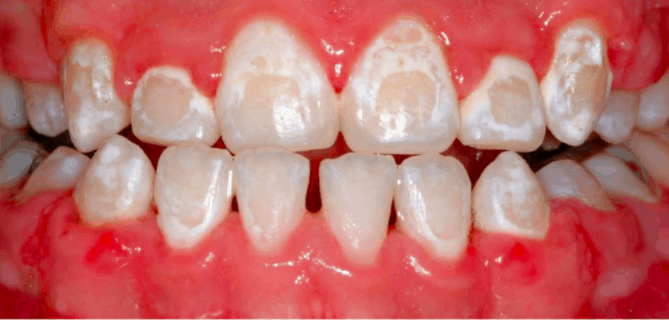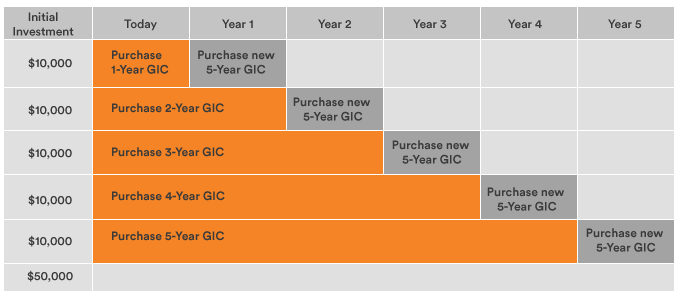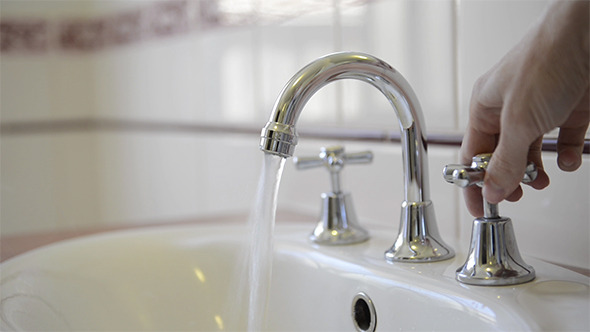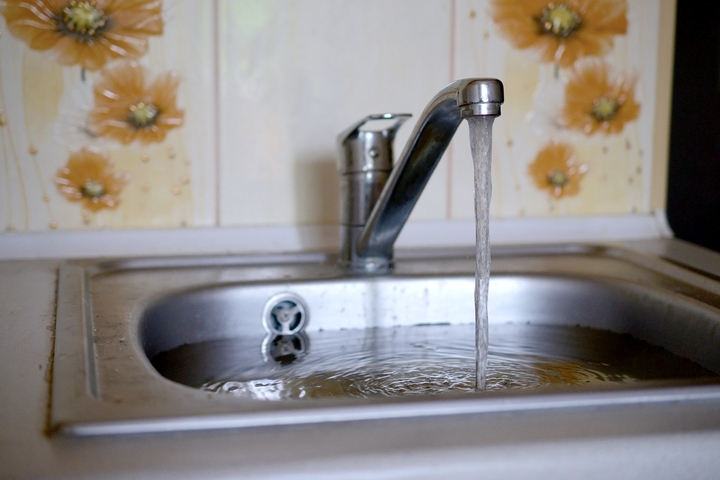Prosthodontics is the fitting of dental implants to treat various dental conditions. Patients may require a prosthodontist when they need to replace missing teeth, restore damaged teeth, or correct other issues.
1. Replace Missing Teeth

Missing teeth can create a health risk for adjacent teeth and the gums. The gap created by the missing teeth allows nearby teeth to shift, impacting the bite and damaging the teeth.
Food and debris may also get stuck in the gap. This increases the chances of plaque and tartar buildup, which may lead to gum disease. Implants can replace the missing teeth, helping to eliminate these issues.
Implants are often recommended over dental bridges, as they do not require the prosthodontist to anchor the bridge on adjacent teeth. The implants are fused directly to the jawbone and a false tooth is connected to the implant.
2. Restore Damaged Teeth

Implants may also be used to restore damaged teeth. When a tooth is severely decayed, prosthodontists may recommend pulling the tooth and replacing it with an implant.
Besides tooth decay, teeth may become worn. Teeth grinding can wear the enamel on the ends of the teeth, wearing the teeth down and exposing the teeth to bacteria and promoting decay.
Teeth may also become damaged due to faulty dental operations or failing restorations. No matter the reason for the damage, an experienced prosthodontist can assess the condition of the mouth and provide an effective treatment.
3. Treat Dental Birth Defects

Patients that were born with cleft palates may decide to receive implants to improve their smile. In some cases, the patients may be missing their central incisors.
Dentists can easily add the implants and create the false teeth. However, they first need to ensure that the jawbone is healthy enough to support the implants. If the jawbone cannot support the implants, dental bridges may be required.
Besides birth defects, implants may be used to deal with other forms of trauma. When teeth are knocked out or severely damaged due to a traumatic injury, prosthodontists may be able to restore the patient’s smile. If you are interested in learning more, visit Build Your Smile.
4. Fix Cosmetic Dental Issues

Dental implants may also be used to correct cosmetic issues. For example, people often use dental procedures to deal with stained teeth, crooked teeth, misshapen teeth, and other issues that do not directly affect a patient’s oral health.
With these issues, implants are not always the most effective or recommended option. Dental veneers may help patients deal with crooked or cracked teeth. Veneers are made from ceramic material and applied on top of each tooth.
If the patient simply wants to whiten his or her teeth, the prosthodontist may recommend teeth whitening. Professional teeth whitening at a dental clinic is several times more effective than any over-the-counter whitening kit available in the stores.
Whether the patient has severe damage to their teeth or minor cosmetic issues, prosthodontists can help explain the pros and cons of each treatment option. Patients often have multiple solutions, ensuring that everyone has a treatment plan that can fit their budget and needs.
















































